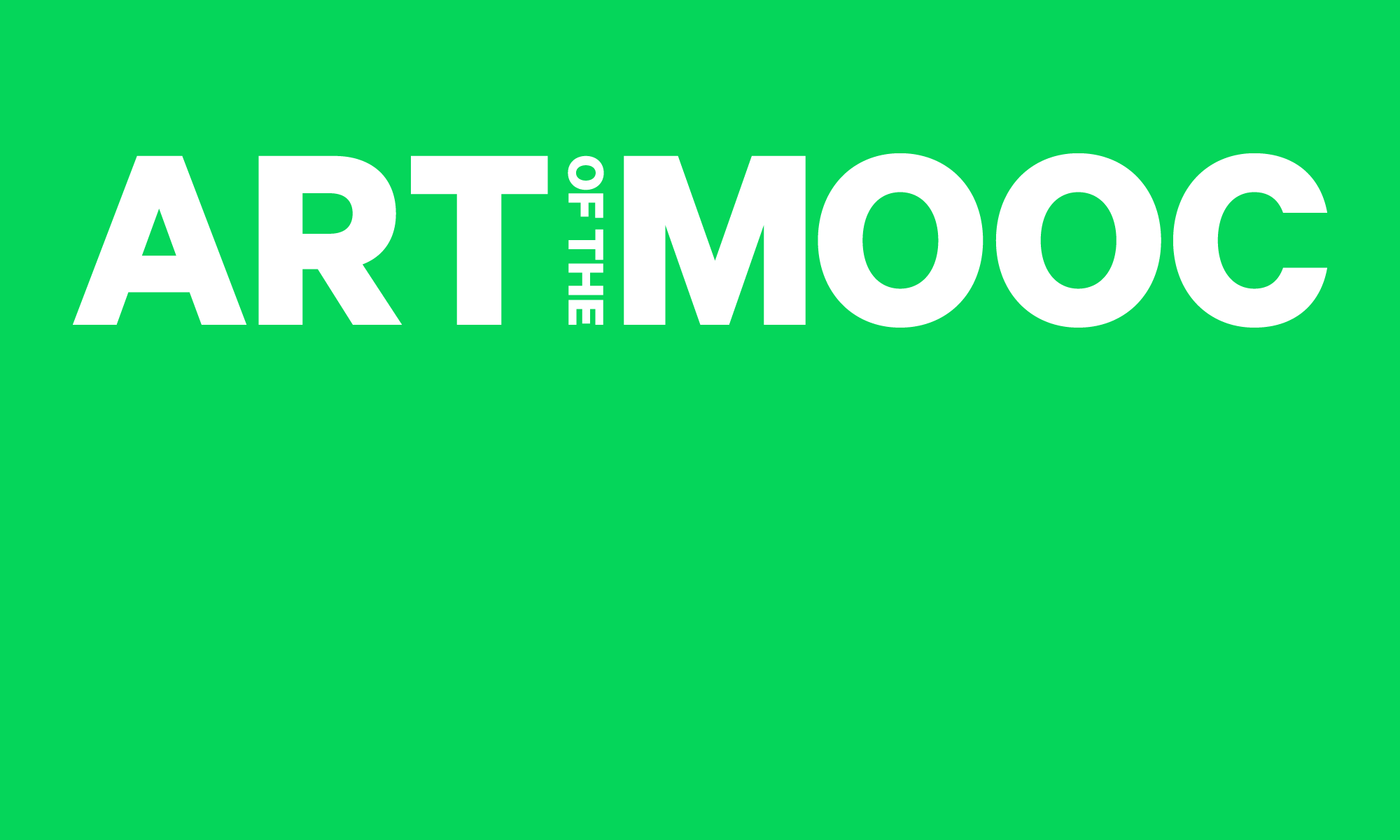
In thinking about the imagery and icons of protest, I began to research the history of the rainbow flag in association with the gay pride movement. The flag is believed to have originated in Northern California where it was flown during the Gay Freedom Day Parade on June 25, 1978. It was designed by the San Francisco artist Gilbert Baker, and remains his best known work, which has now become a universal symbol for lesbian, gay, bisexual, queer and transgender rights under the LGBQT movement. Although the flag that we are most familiar with today has six stripes, Baker’s original design included 8 colors that were each said to have a different symbolic meaning. pink = sexuality, red = life, orange = healing, yellow = sunlight, green = nature, turquoise = art, blue = serentiy/harmony, and violet = spirit.
The original flags were hand dyed and stitched by a team of 30 volunteers, then hung from the Gay Community Center in San Francisco during the parade. An original flag was recently acquired by the MoMA.
While there is no single inspiration for the flag, Judy Garland’s influence as an openly gay icon and her song “somewhere over the rainbow”, as well as Baker’s own experience and skills with sewing and fabric as a drag performer and growing up with a grandmother who owned a women’s clothing store have been mentioned by the artist as influences. “We needed something that expressed us. The rainbow really fits that, in terms of: we’re all the colors, and all the genders and all the races,” Baker said.
To read MoMA’s interview with Baker: http://www.moma.org/explore/inside_out/2015/06/17/moma-acquires-the-rainbow-flag/

